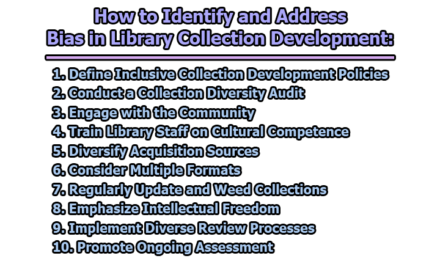Differences between Data Curator and Data Manger:
Data plays a vital role in today’s world, acting as the cornerstone of decision-making, innovation, and organizational success. Within the realm of managing and organizing this data, two key roles emerge: the Data Curator and the Data Manager. A Data Curator focuses on the meticulous organization, formatting, and tagging of data to ensure its accessibility and relevance. On the other hand, a Data Manager oversees the entire data lifecycle, from acquisition to storage to utilization, ensuring alignment with business objectives and regulatory compliance. Here are some of the differences between data curator and data manger.
| Aspect | Data Curator | Data Manager |
| Primary Role | Focuses on the organization, formatting, and categorization of data. | Responsible for overseeing the entire data lifecycle, including acquisition, storage, and utilization. |
| Data Handling | Curates and maintains data, ensuring it’s accessible, relevant, and properly tagged for easy retrieval. | Manages data from its initial acquisition, through storage and processing, to its eventual usage. |
| Responsibility | Focuses on ensuring data quality, accuracy, and relevance. | Concerned with data governance, strategy, compliance, and alignment with organizational objectives. |
| Skills Emphasis | Emphasizes taxonomy creation, metadata management, data structuring, and organization. | Requires a broader skill set, including analytics, strategy development, leadership, and communication. |
| Metadata Management | Concentrates on creating and maintaining metadata for efficient data search and retrieval. | Oversees metadata strategy, implementation, and its alignment with broader organizational goals. |
| Data Organization | Prioritizes structuring data, categorizing it logically, and ensuring it’s easily navigable. | Ensures data is organized in a way that aligns with business objectives and supports decision-making. |
| Data Utilization | Aims to make data accessible and discoverable to end-users, supporting their understanding and use. | Leverages data insights for decision-making, innovation, and strategic planning across the organization. |
| Collaboration | Collaborates with stakeholders to understand their data needs and ensure data clarity and relevance. | Collaborates across departments, aligning data strategies with diverse business needs and objectives. |
| Compliance Focus | Ensures compliance with data standards, privacy laws, and company policies concerning data usage. | Establishes policies and procedures to ensure regulatory compliance, data security, and ethical use. |
| Decision-making Support | Provides support for data understanding and interpretation to facilitate informed decision-making. | Guides strategic decisions by providing actionable insights derived from data analysis and interpretation. |
In conclusion, the distinction between a Data Curator and a Data Manager lies in their specific focuses within the data lifecycle. While the Data Curator concentrates on the detailed organization, formatting, and tagging of data to enhance accessibility and usability, the Data Manager takes on a broader responsibility, overseeing the entire data lifecycle, ensuring compliance, aligning strategies with organizational goals, and leveraging data insights for informed decision-making. Both roles are indispensable in the data landscape, each contributing uniquely to the efficient management and utilization of this invaluable asset in today’s data-driven world.

Former Student at Rajshahi University










